Ho Chi Minh City After dyeing his hair with a gray hair dye advertised as made from herbs, Mr. Nam, 56 years old, had itchy, stinging scalp, red patches and flaking.
He went to the University of Medicine and Pharmacy Hospital in Ho Chi Minh City for examination. The doctor diagnosed him with allergic contact dermatitis, suspected to be caused by hair dye that had turned his hair gray. The doctor prescribed oral anti-allergy and anti-inflammatory drugs, combined with topical products to dry the scalp, heal it, and stop itching, burning, and flaking.
Similarly, Ms. Ngan, 32 years old, after a day of dyeing her hair at the hair salon, her scalp was painful, hot and stinging. The doctor noted red patches of skin, some swelling, blisters, and diagnosed irritant contact dermatitis suspected to be caused by hair dye. After a week of treatment with antibiotics, anti-inflammatory drugs, and anti-allergy drugs, the patient's skin was less red and less itchy.
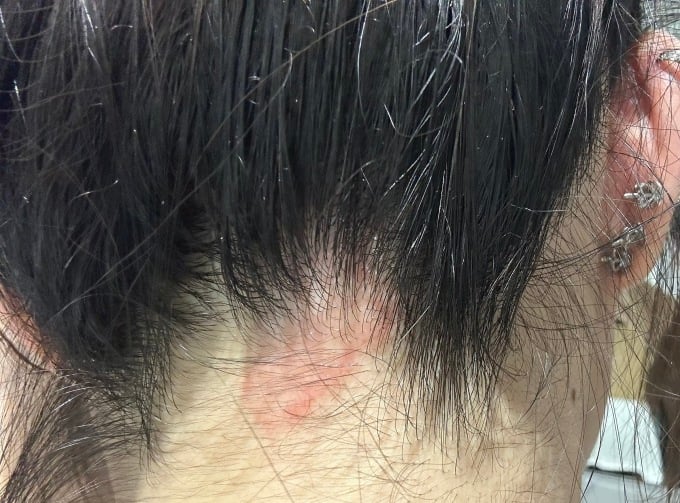
Ms. Ngan's skin appeared red, swollen, and blistered after a day of dyeing her hair. Photo: Provided by the doctor
MSc. Dr. Nguyen Phuong Thao, Department of Dermatology - Cosmetic Dermatology, University of Medicine and Pharmacy Hospital, Ho Chi Minh City, said that on average, the department receives about 3-5 patients a week related to allergies and irritation after hair dyeing.
According to Dr. Thao, depending on the time the dye remains on the hair, the concentration of hydrogen peroxide in the dye is divided into three types: permanent, semi-permanent and temporary. "The durability of the dye is directly proportional to the level of hair damage," said Dr. Thao.
The main ingredients of hair dye are ammonia and peroxide. Ammonia expands the hair cuticle, allowing the active ingredients in the dye to penetrate deep into the hair shaft, while peroxide bleaches the hair. In addition, the dye also contains coloring agents including p-phenylenedamine (PPD), p-aminophenol, 1-naphtol. There are also solvents such as water, propylene glycol, ethanol; foaming agents, hair thickeners such as sodium lauryl sulfate, cocoamide MEA; buffering agents...
Studies have shown that more than two-thirds of hair dyes contain PPD, a low molecular weight aromatic amine. This substance has a high ability to penetrate into the hair follicle and shaft, easily binds to proteins and polymerizes, so the risk of causing allergies is high.
Dr. Thao said that the active ingredients in hair dyes can easily damage hair, making it lose its shine, become dry, brittle, and break. In addition, hair dye can cause irritation, causing the scalp or surrounding areas to become red, itchy, have blisters, blisters, and flakes. Symptoms of allergies or irritation can appear immediately or within 48 hours of hair dyeing.
People with allergies such as eczema, asthma, allergic rhinitis, direct contact or inhalation of these active ingredients can trigger a systemic allergic reaction. Symptoms include swelling of the eyelids and lips; itching, rash all over the body; more severe symptoms include difficulty breathing, fatigue, nausea or abdominal pain. Hairdressers who are frequently exposed to dyes can also develop eczema on their hands.
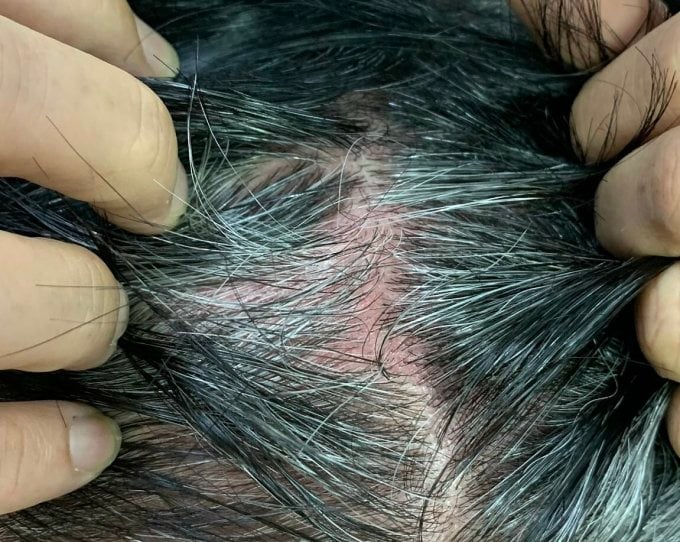
Mr. Nam's scalp was red, itchy and stinging after using the medicine to cover gray hair. Photo: Provided by the doctor
According to Dr. Le Vi Anh, Department of Dermatology - Skin Aesthetics, in addition to causing damage to hair, allergies, and skin irritation, people who are regularly exposed to poor quality hair dyes can suffer from joint pain, especially small joints such as the joints of the hands, elbows, knees, and ankles... There is a high risk of bladder cancer, blood cancer, brain tumors, meningiomas, auditory nerve... when using poor quality hair dyes.
To dye your hair safely, Dr. Vi Anh recommends choosing a dye from a reputable brand with a clear origin. You should choose a dye that is 3 tones lower than your hair's natural color. "Usually, dyeing your hair a dark color is better than a light color, and lightening your hair more than 3 tones requires a higher amount of peroxide, which causes more damage to your hair," Dr. Vi Anh explains.
Doctors suggest using a patch test to check for an allergic reaction before applying the dye to your hair. If you experience a rash or redness, swelling, burning, or itching, you may be allergic to the dye. It is best to avoid the dye and consult a dermatologist.
Dr. Vi Anh advises against mixing different dyeing products as this can damage the hair and scalp. When dyeing, it is imperative to wear gloves. Set an appointment to know when to wash off the dye solution. Always follow the instructions. When applying dye to the scalp, if you feel excessive itching and burning, wash it off immediately and see a dermatologist for timely examination and treatment.
After dyeing your hair, you should wash your scalp with water. "You need to protect your hair and scalp from the sun. It's best to wear a wide-brimmed hat when going outdoors to prevent your hair from becoming weak, dry, discolored, and brittle after dyeing or bleaching," Dr. Vi Anh further advised.
American Italy
* Character names have been changed
Source link


![[Photo] National Assembly Chairman Tran Thanh Man meets with Ethiopian Prime Minister Abiy Ahmed Ali](https://vstatic.vietnam.vn/vietnam/resource/IMAGE/2025/4/16/c196dbc1755d46e4ae7b506c5c15be55)

![[Photo] Opening of the Exhibition on Green Growth](https://vstatic.vietnam.vn/vietnam/resource/IMAGE/2025/4/16/253372a4bb6e4138b6f308bc5c63fd51)
![[Photo] General Secretary To Lam gave a speech at the National Conference to disseminate the Resolution of the 11th Central Conference, 13th tenure.](https://vstatic.vietnam.vn/vietnam/resource/IMAGE/2025/4/16/04e0587ea84b43588d2c96614d672a9c)
![[Photo] Prime Minister Pham Minh Chinh receives Cambodian Deputy Prime Minister Neth Savoeun](https://vstatic.vietnam.vn/vietnam/resource/IMAGE/2025/4/16/e3dc78ec4b844a7385f6984f1df10e7b)
![[Photo] President Luong Cuong meets 100 typical examples of the Deeds of Kindness Program](https://vstatic.vietnam.vn/vietnam/resource/IMAGE/2025/4/16/ce8300edfa7e4afbb3d6da8f2172d580)
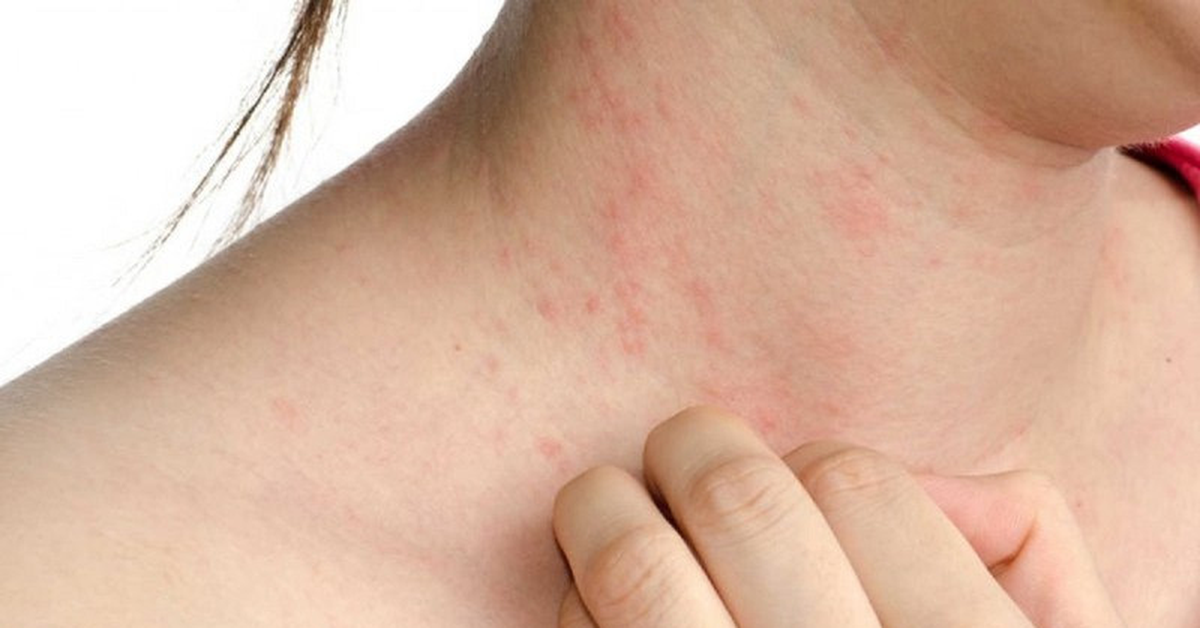

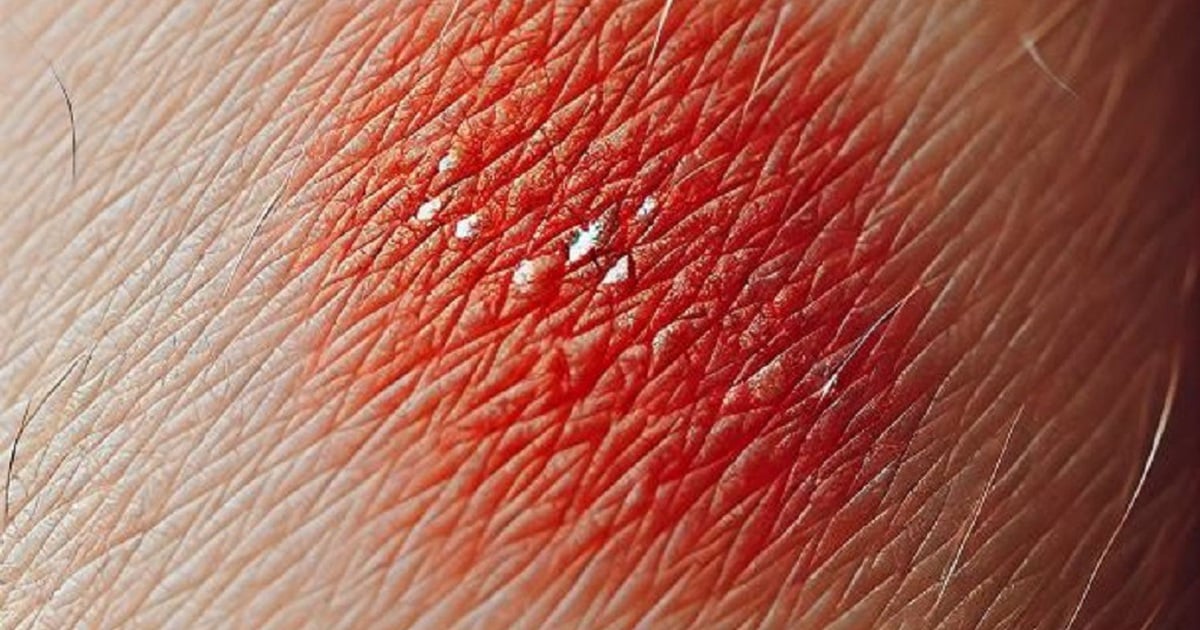

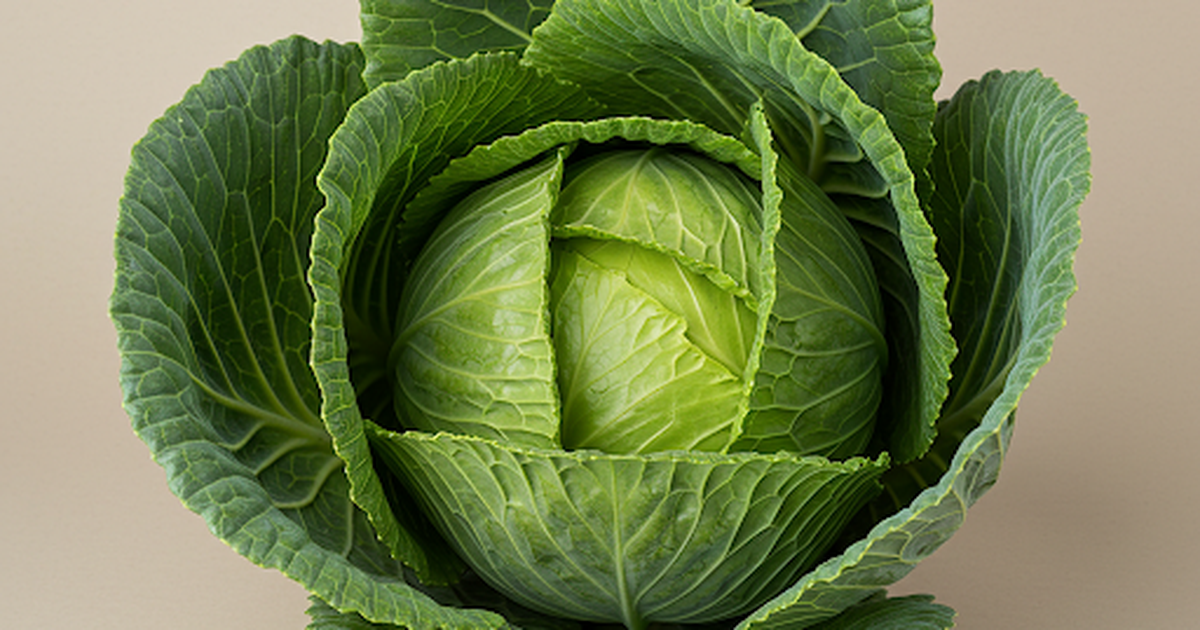
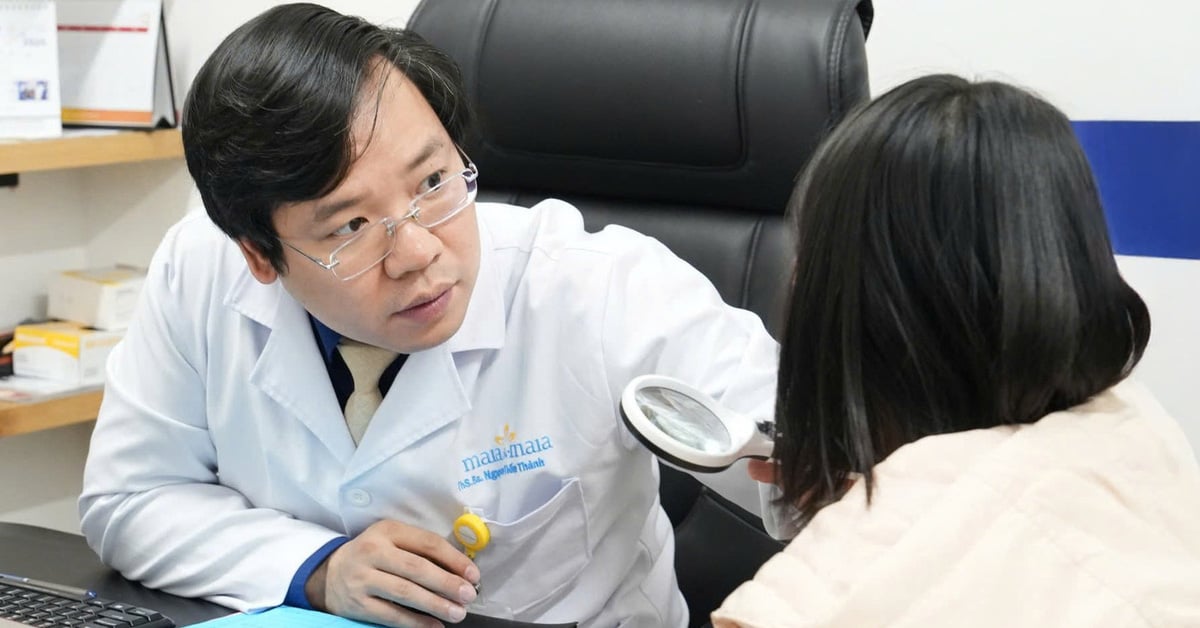
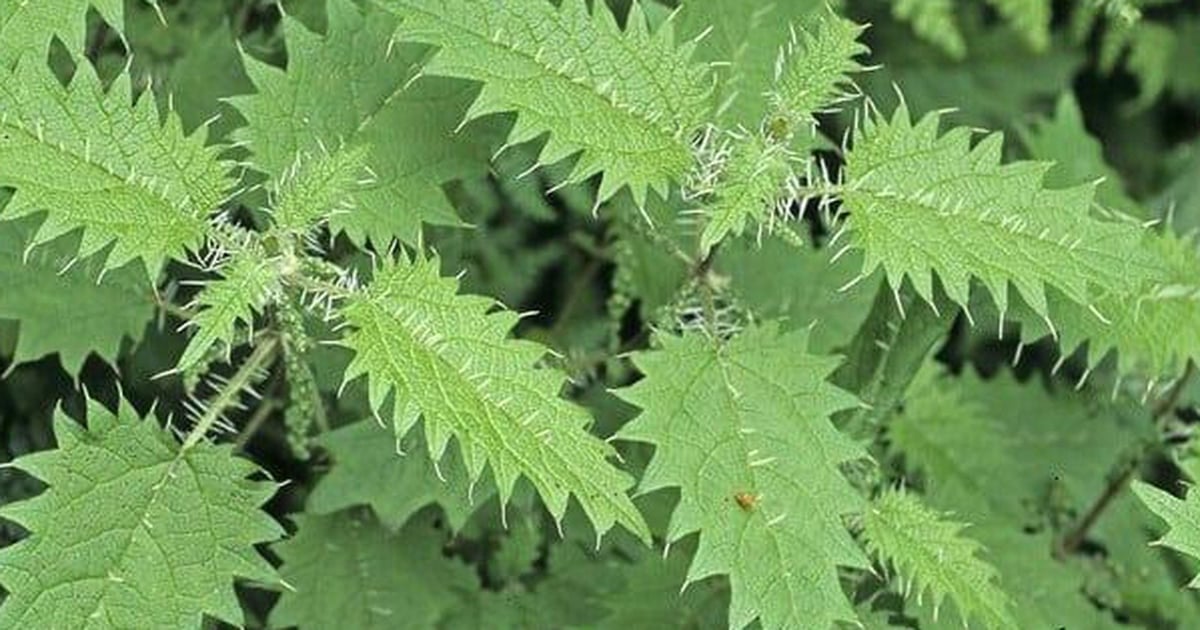
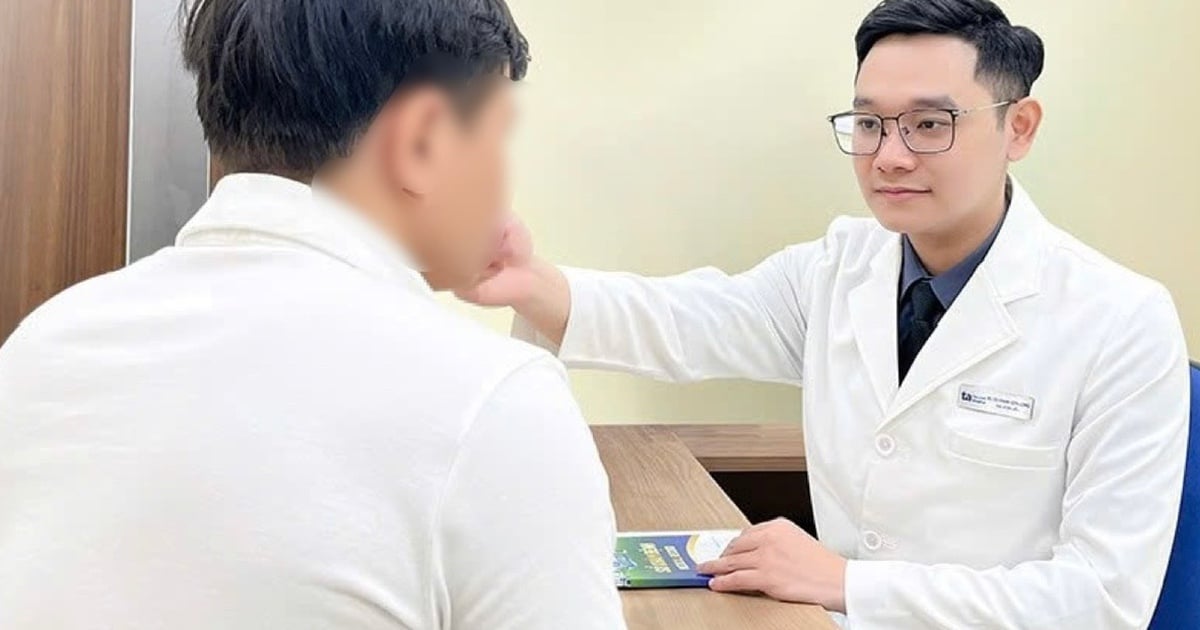
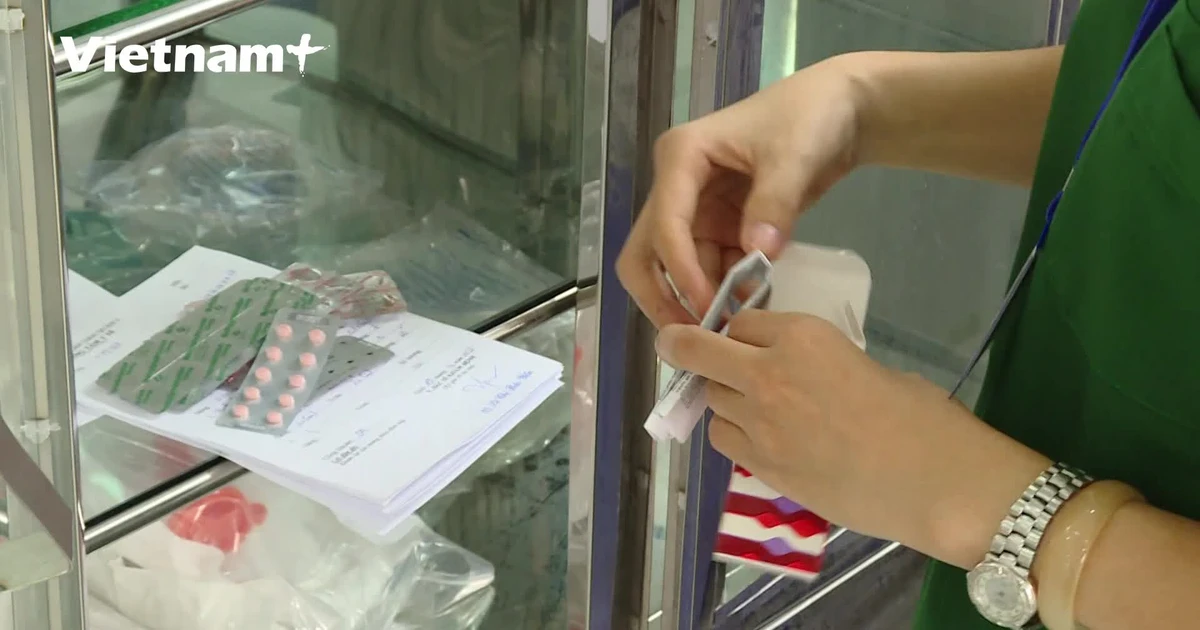


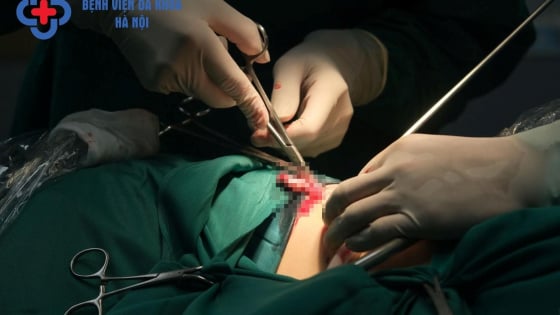














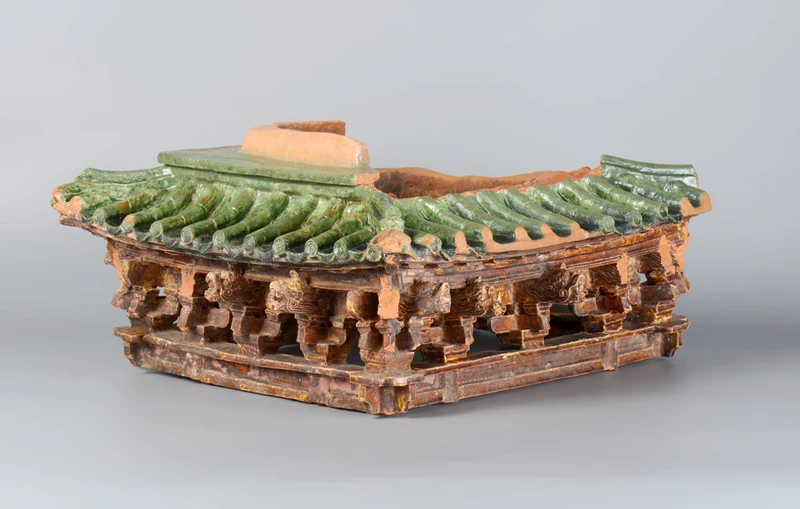











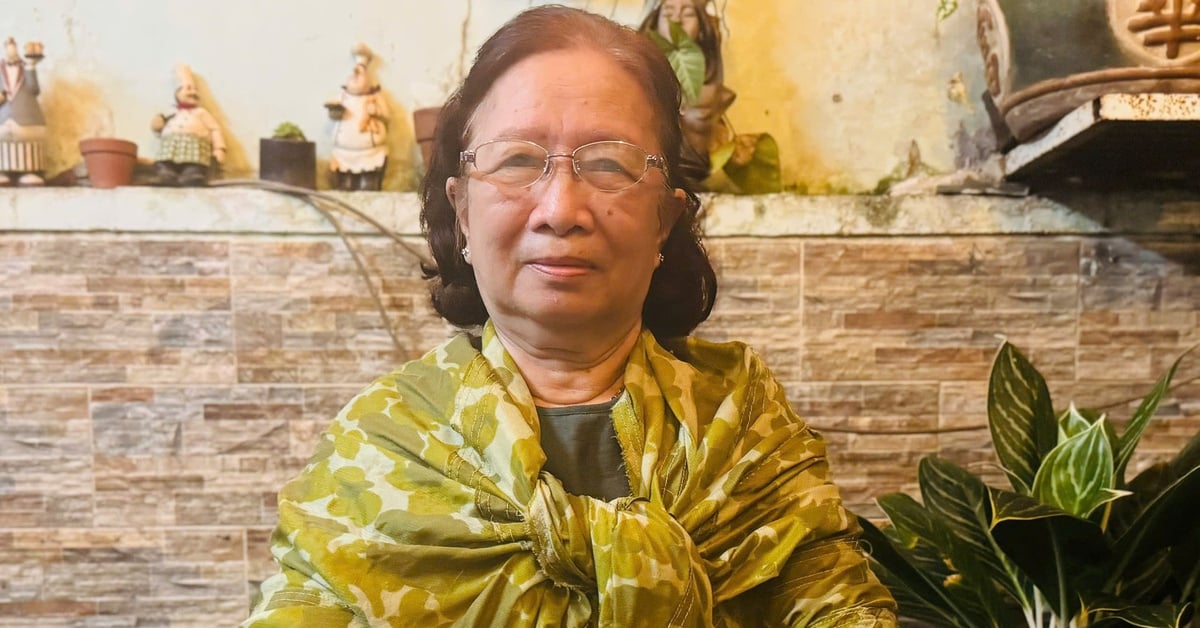
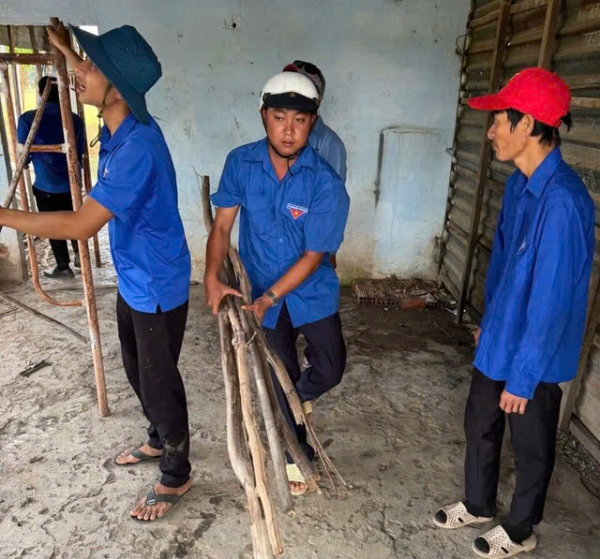



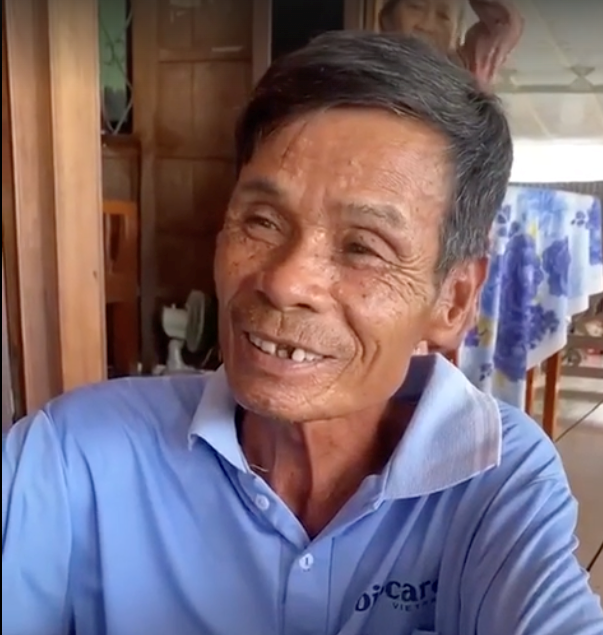






























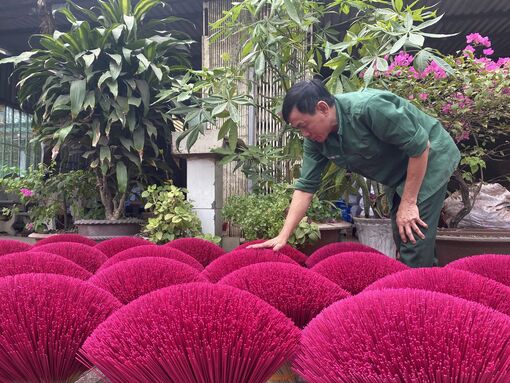

















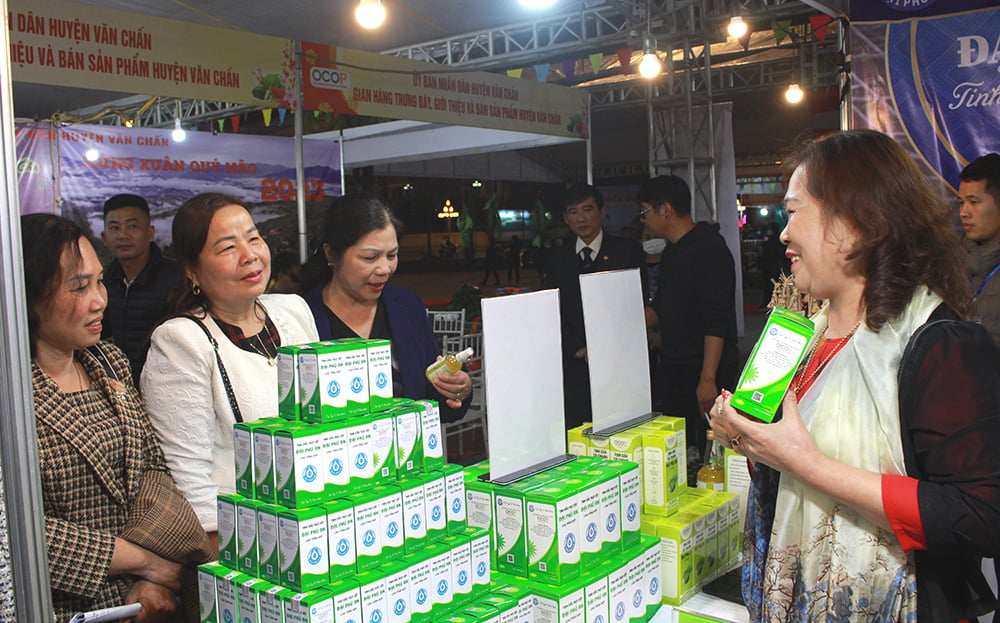

Comment (0)